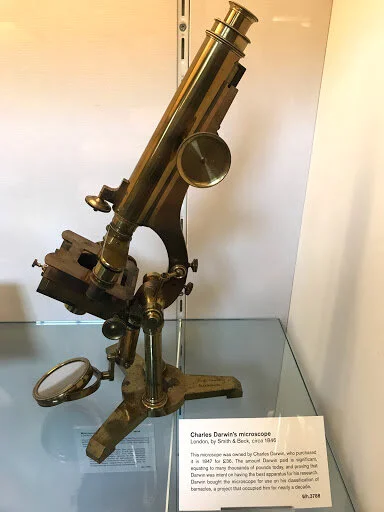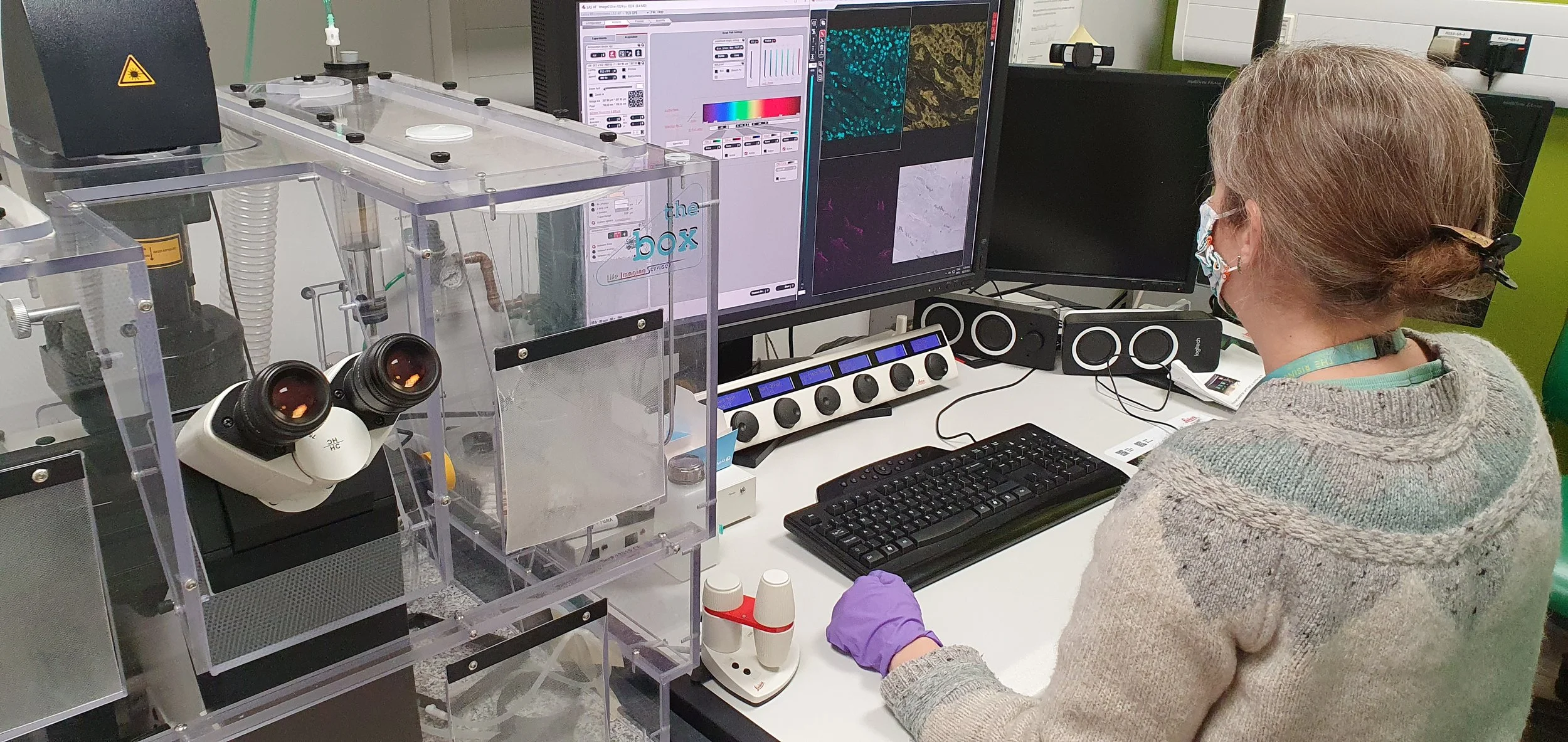You’re starting out as a single cell in an egg that has just been laid. Your parent contains male and female reproductive organs and is able to self-fertilise. You can have up to 299 siblings!
Scientific Tools
Scientific Instruments Today
We use lots of different types of tools at the Gurdon Institute to carry out our experiments every day. These range from super computers to make predictions, high resolution microscopes to take some amazing close up images and even paintbrushes - essential for counting sleepy flies!
Click the link below to see some of our images and microscopes!
Riddles
-
‘Learn for free without a fee!’
An old doctor declared.
But what surname had he?
-
Have a look for the sign that tells you more about Free School Lane. What surname did the man who donated the funds to set up the school have?
*Remember to start your answer with a Capital letter. You can find this answer on the street.
“There seems to be one quality of mind which seems to be of special and extreme advantage in leading him to make discoveries. It was the power of never letting exceptions go unnoticed.”
— Francis Darwin, In Charles Darwin: His Life Told in an Autobiographical Chapter, and in a Selected Series of his Published Letters (1908).



